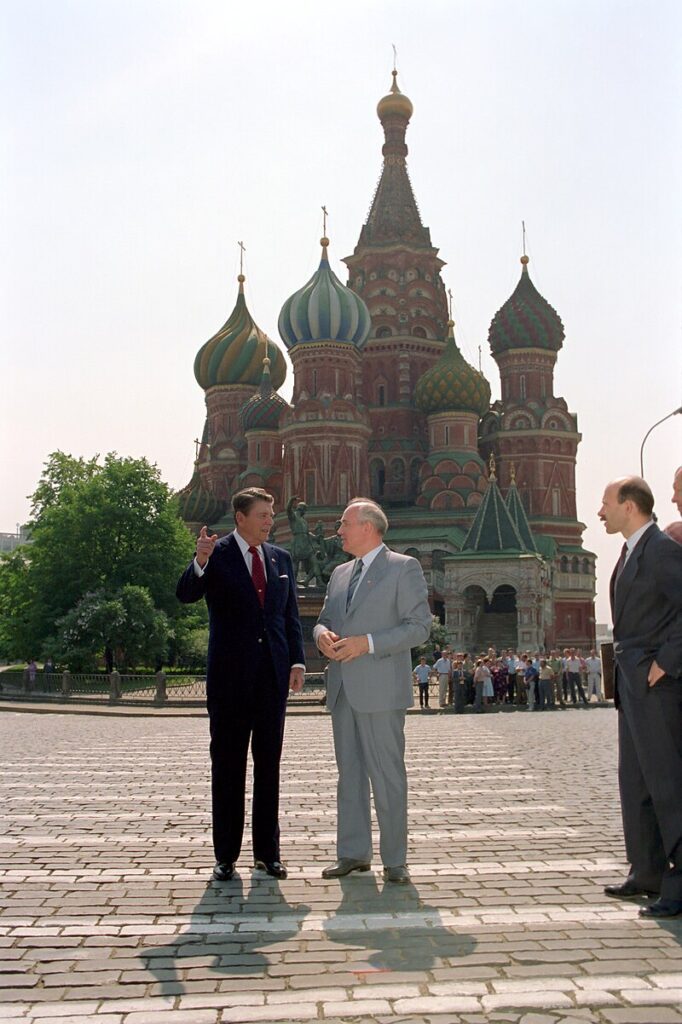
We love talking about defense, we believe that defense is essential to our existence. So what comes to mind when we think of defense? Tanks, jets, deadly missiles, great ships, and so on. But this is not true for all nations. Some nations do not rely on firepower. They rely on other things. Some use symbolic influence to shape global narratives, pressure rivals, or build strategic alliances. This is especially true for countries or states with limited military capacity, or those that combine military power with symbolic authority. In our article, we will look at the examples of the Vatican, Russia, and Iran’s symbolic power.
The Vatican: Power Without an Army
Let’s talk about the Vatican, the smallest state in the world. The Vatican does not have powerful tank divisions and fighter jets. It only has a ceremonial Swiss Guard force. The presence of these guards is also symbolic. Yet its influence is global.
Through the Pope, the Vatican projects a moral voice on issues like war, peace, and arms control. Pope Francis openly criticized the arms industry, calling it a “factory of death.” His words have no legal force, but they reach millions. In conflicts like the Ukraine war, the Vatican has acted as a moral mediator—pushing for peace, ceasefires, and humanitarian corridors.
This is symbolic power at its finest: no weapons, but global attention.
The Kremlin: A Mix of Symbols and Steel
Russia is a military power, but the Kremlin also knows how to use symbolism in its defense strategy. Victory Day parades, for example, are not just about tanks—they’re a performance of national pride, memory, and strength. The use of Soviet-era symbols, like the red star or patriotic songs, fuels domestic unity and signals global defiance.
In the Ukraine conflict, Russia has repeatedly framed its actions as a fight against Western “moral decay.” It’s not just missiles—it’s a war of narratives. By tapping into historical memories and religious alliances, the Kremlin mixes hard and soft elements of power to justify its military moves.
Iran: Religion’s Symbolic Power
Iran blends military power with deep symbolic messaging. Since the 1979 Islamic Revolution, its leaders have crafted a defense identity rooted in resistance, martyrdom, and religious legitimacy. Slogans like “Death to America” or annual events like Quds Day aren’t just propaganda—they are part of Iran’s symbolic power in defense.
Tehran often frames its military moves, like missile tests or regional influence through proxy groups, as part of a larger “holy defense.” The use of religious icons, revolutionary imagery, and public ceremonies helps Iran unify its population and send signals abroad. Even without matching Western powers in technology, Iran competes through its mastery of narrative and symbolism.
Why Symbolic Power Still Matters
In today’s media-driven world, perception can be as powerful as weapons. Countries with little or no military strength can still influence debates, shame aggressors, or support allies through moral or cultural authority.
Think of how Switzerland uses neutrality, how Finland uses education and resilience, or how Israel often blends religious identity with defense narratives. These aren’t traditional military tools—but they shape policy and public opinion.
Conclusion
Symbolic power in defense reminds us that not all strength comes from force. The Vatican, without firing a bullet, still speaks loudly on global security. The Kremlin, while armed, also plays a long game of identity, history, and emotional appeal.
In an age of hybrid warfare, where words and images matter as much as drones and missiles, symbolic influence is a weapon in its own right. Whether soft or hard, every kind of power counts on the world stage.





